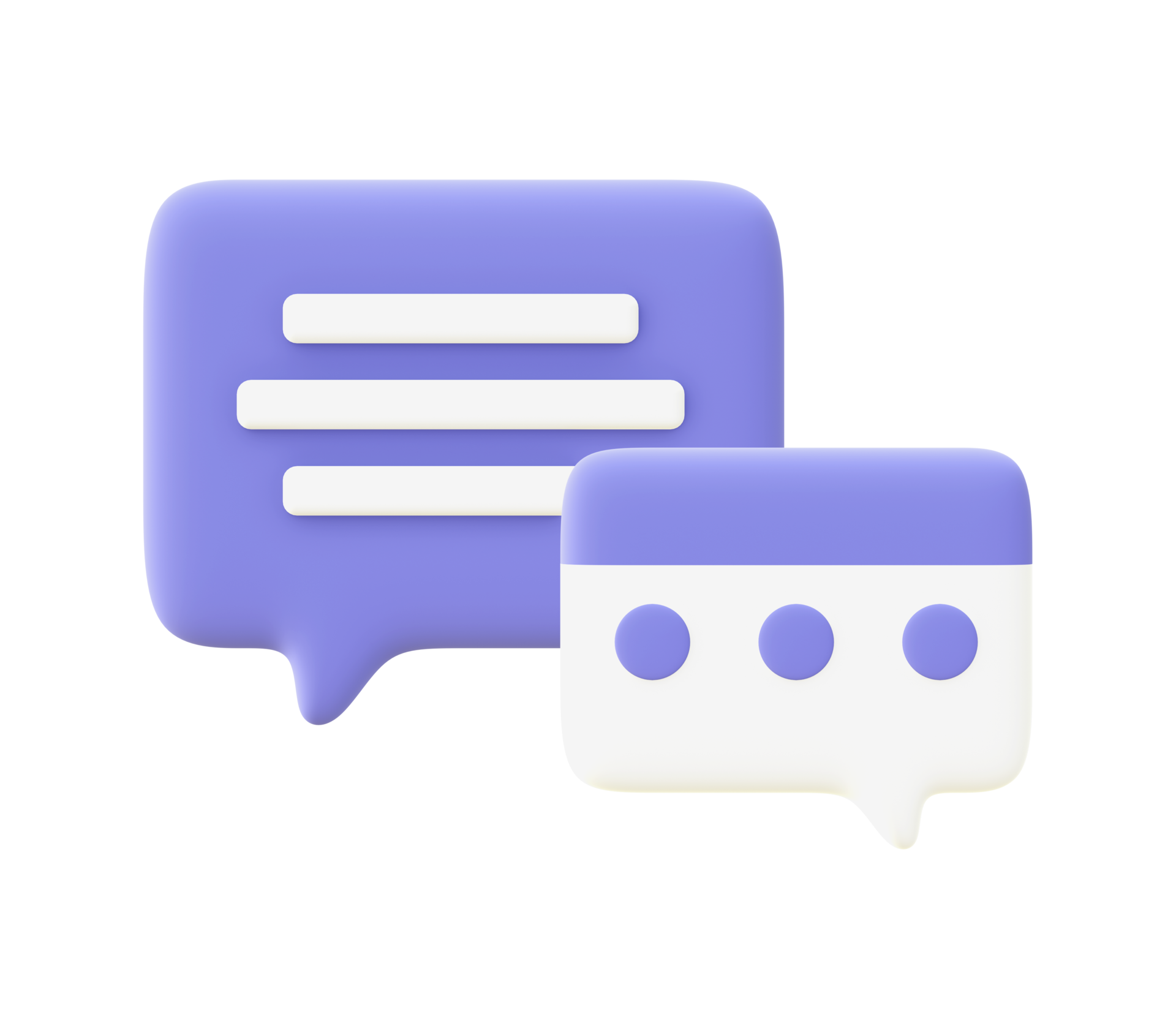Welcome to a step-by-step guide on leveraging the power of OpenAI’s ChatGPT to craft your very own chatbot. Whether you desire an AI customer service agent or a pizza order taker, we’ve got you covered!
1. Introduction
ChatGPT, powered by OpenAI’s expansive language model, allows seamless interaction and conversation. Its multi-turn conversation feature is not just designed for chats but is equally potent for single-turn tasks.
2. Understanding the OpenAI Chat Completions Format
- Basic Principle: ChatGPT is trained to intake a series of messages and output a model-generated message.
- Roles in a Chat:
- User Messages: The queries or statements we present to ChatGPT.
- Assistant Messages: Responses from ChatGPT.
- System Messages: These define the chatbot’s persona and behavior. It’s like whispering instructions to the chatbot without the user knowing.
3. Crafting a Conversation
To make your chatbot interactive:
- Define a system message to set the tone and behavior.
- Alternate between user and assistant messages to keep the conversation flowing.
Example:
messages = [
{“role”: “system”, “content”: “You are an assistant that speaks like Shakespeare.”},
{“role”: “user”, “content”: “Tell me a joke.”}
]
First, ensure you have the OpenAI Python package installed.
pip install openai
4. Building ‘OrderBot’ – Your Pizza Ordering Chatbot
Crafting Helper Functions
A. collect_and_get_response Function
This function manages the interaction between the user and the chatbot. It captures user inputs, appends them to a context list, and fetches model-generated responses.
def collect_and_get_response(context, user_message):
context.append({“role”: “user”, “content”: user_message})
# Generate a model response here
# For simplicity, let’s assume there’s a function named get_model_response
assistant_response = get_model_response(context)
context.append({“role”: “assistant”, “content”: assistant_response})
return assistant_response
B. Initializing and Running the Chat Interface
Kick things off by setting a system message to define the bot’s role, followed by subsequent user-assistant interactions.
Define your initial system message and interact using the collect_and_get_response function.
Example:
context = [
{“role”: “system”, “content”: “You are OrderBot, a pizza ordering assistant. The menu includes…”}
]
user_message = input(“You: “)
response = collect_and_get_response(context, user_message)
print(f”OrderBot: {response}”)
C. Generating an Order Summary
After collecting order details, use a system message to guide the bot to summarize the order in a structured format, like JSON.
def summarize_order(context):
summary_instruction = {
“role”: “system”,
“content”: “Create a JSON summary of the previous food order. Itemize the price for each item…”
}
context.append(summary_instruction)
# Generate a model summary here using a function like get_model_response
order_summary = get_model_response(context)
return order_summary
5. Fine-tuning Your Chatbot
Temperature Settings:
- Higher temperature (e.g., 0.8): Makes the output more random. Ideal for casual interactions.
- Lower temperature (e.g., 0.2): Makes the output predictable. Best for specific tasks or formal interactions.
6. Conclusion
There you have it! A custom chatbot tailored for your pizza restaurant. The possibilities are endless. Adjust the system message, play around with different roles, and customize it to fit any scenario.
Notes:
- You would require an OpenAI API key and potentially a function like
get_model_responsethat interacts with the API. For the sake of brevity, this wasn’t covered in this overview. - Remember to handle exceptions and edge cases for a robust implementation.
